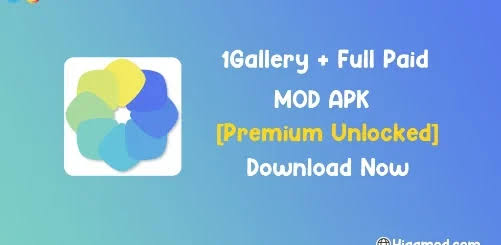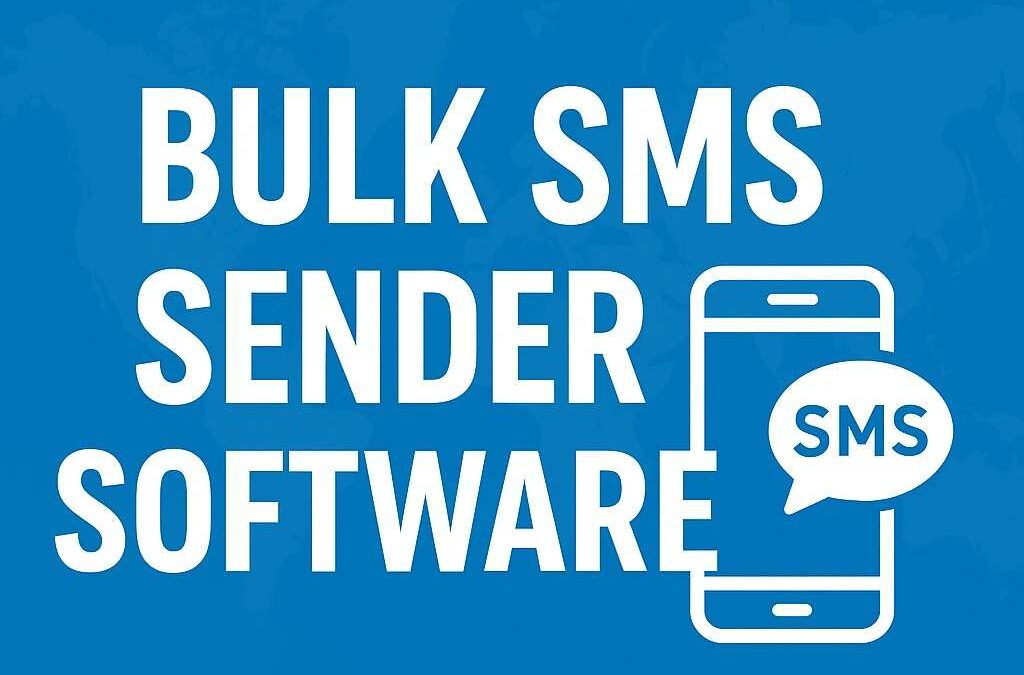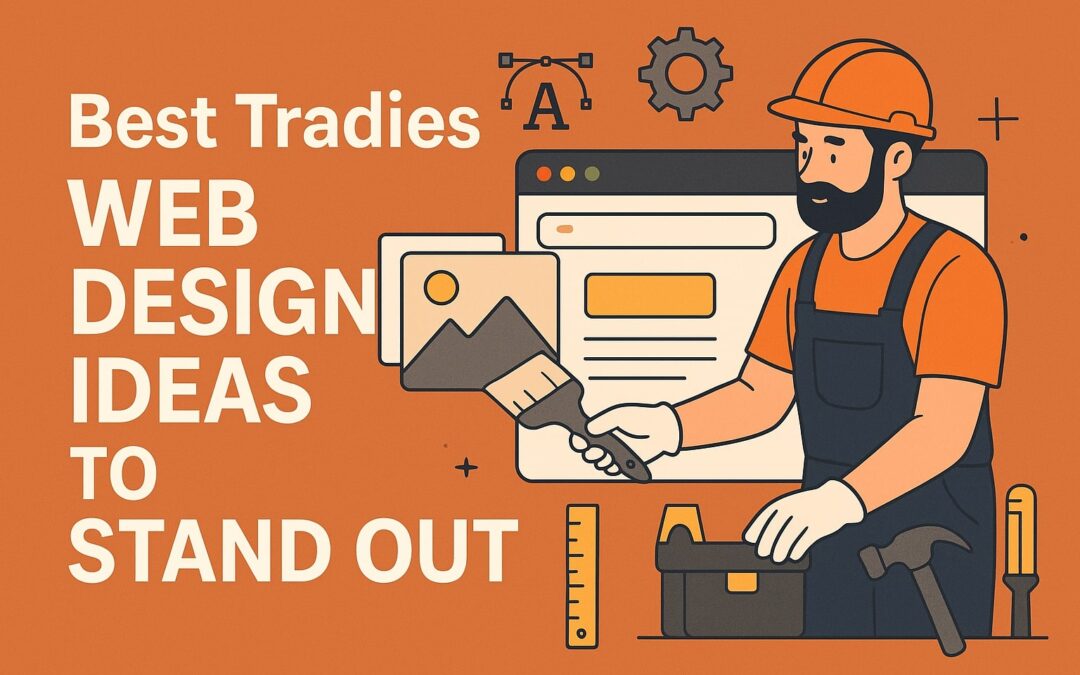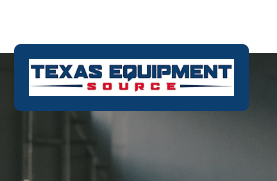In the highly competitive world of mobile applications, the difference between a groundbreaking success and a forgotten failure often comes down to strategy. While the allure of a feature-rich, perfect product is strong, a more pragmatic and successful approach has taken hold: the lean strategy. This methodology, centered on the concept of a Minimum Viable Product (MVP), is not just a buzzword; it’s a proven framework for building a successful app by focusing on speed, user feedback, and continuous improvement. It is a philosophy that minimizes risk and maximizes the chance of finding a product-market fit before investing significant time and capital.
For aspiring entrepreneurs and established businesses alike, understanding and implementing this lean strategy is critical. It shifts the focus from a “build it and they will come” mentality to a data-driven, iterative process. Navigating this complex journey requires not only a clear vision but also the right execution, which is where the expertise of a professional Mobile App Development Agency becomes invaluable.
This article will provide a detailed, 2000-word guide on the lean strategy for app development, from the initial concept of an MVP to a full-scale market launch. We will break down each phase, outlining the key practices and the strategic thinking required to build an app that users truly love.
Phase 1: Ideation and Problem Validation – The Foundation of Everything
The first and most critical step in the lean strategy is not to build, but to think and validate. A great app solves a real problem for a real audience. The biggest mistake a founder can make is falling in love with a solution before they fully understand the problem.
-
Practice: Instead of brainstorming features, start by identifying a core problem or an underserved need in the market. Use techniques like customer interviews, surveys, and competitive analysis to gather insights. Ask open-ended questions to understand your target audience’s pain points, behaviors, and desires.
-
Key Action: Create a “Problem-Solution” statement. This simple sentence should clearly define the user, the problem they face, and how your app will solve it. For example: “Busy professionals need a simple way to track their expenses on the go because existing solutions are too complex and time-consuming.”
-
The MVP Mindset: During this phase, you must operate with a laser focus. The goal is not to list every possible feature, but to distill the problem down to its most fundamental component. The solution you propose should address this single, most pressing issue.
A strategic Mobile App Development Agency often begins with a discovery workshop to guide clients through this validation process. They bring an objective perspective, helping to cut through assumptions and identify the most compelling problem to solve, ensuring the entire project is built on a solid foundation.
Phase 2: Building the Minimum Viable Product (MVP) – The Essential Core
The MVP is not a barebones, buggy version of your final product. It is the version of a new product which allows a team to collect the maximum amount of validated learning about customers with the least effort. The key word here is “viable”—it must be a functional, usable, and compelling experience for the user.
-
Practice: Identify the single most important feature that addresses the core problem defined in Phase 1. This is the “killer feature” of your MVP. All other ideas, no matter how exciting, must be put on the back burner. The MVP should do one thing exceptionally well.
-
Key Action: Create a user flow for this single feature. Map out the entire journey from the moment the user opens the app to the completion of the core task. Focus on a clean, intuitive, and frictionless user experience (UX) and an appealing user interface (UI).
-
Technical Implementation: The MVP’s codebase should be clean, scalable, and built for future iterations. Avoid shortcuts that will lead to technical debt down the road. The lean approach doesn’t mean building poorly; it means building a solid foundation for what matters most.
This is where a trusted Mobile App Development Agency proves its worth. They can translate your validated idea into a well-designed, functional MVP, providing the technical expertise to ensure a high-quality build. Their experience in architecting scalable solutions can save you from costly mistakes and rebuilds later on.
Phase 3: Launching and Gathering Feedback – The Moment of Truth
Once the MVP is built, the next step is to get it into the hands of real users as quickly as possible. This is the heart of the lean methodology: gathering real-world data and user feedback to inform your next steps.
-
Practice: Launch the MVP to a small, targeted group of early adopters. This group should be the same audience you identified in Phase 1. The goal is not to achieve massive scale immediately, but to get honest, unfiltered feedback.
-
Key Action: Implement analytics tools to track user behavior. Which features are being used most? Where are users dropping off? Combine this quantitative data with qualitative feedback from interviews and surveys. Pay close attention to what users are saying, but even more attention to what they are actually doing.
-
The Pivot or Persevere Decision: Based on the feedback you receive, you will be faced with a critical decision. If users are not engaging with your core feature or if they are using the app in an unexpected way, you may need to “pivot”—to change your strategy, target audience, or core feature. If the feedback is positive and confirms your initial hypothesis, you can “persevere” and move on to the next phase.
A savvy Mobile App Development Agency will often handle the entire launch and data collection process, providing you with actionable insights and helping you make the critical “pivot or persevere” decision with confidence. They will set up robust analytics and reporting to give you a clear picture of user engagement.
Phase 4: Iteration and Scaling – The Path to Product-Market Fit
With your validated learning from the MVP launch, you can now begin the process of iteration. This is a continuous cycle of building, measuring, and learning that refines your product and moves you closer to a full-featured, market-leading app.
-
Practice: Based on your feedback, identify the next set of features that will provide the most value to your users. These features should address the most common requests or pain points identified in the previous phase. Build these new features, launch them to your user base, and measure the results.
-
Key Action: Maintain a feature backlog and prioritize it ruthlessly. Each new feature should be an intentional addition that directly contributes to your app’s value proposition. A lean approach means never adding features just for the sake of it.
-
Scaling Up: As you add more features and your user base grows, you will need to scale your infrastructure and your team. This includes optimizing your code, improving server performance, and potentially expanding your marketing efforts.
The ongoing partnership with a professional Mobile App Development Agency is invaluable here. They can manage this iterative development cycle, ensuring that new features are integrated seamlessly and that the app’s performance remains high as it scales. They can act as an extension of your team, providing the resources and expertise to handle the complexities of growth.
The Invaluable Role of a Mobile App Development Agency
While the lean strategy is a mindset, its successful execution often depends on technical expertise and strategic guidance. A dedicated Mobile App Development Agency is not just a group of coders; they are your partners in this journey. Here’s why their role is so critical:
-
Strategic Guidance and Objective Perspective: An agency brings a wealth of experience from working with various clients and industries. They can help you avoid common pitfalls, challenge your assumptions, and provide a clear, data-driven path forward. They will push you to validate your idea before you build, saving you from a potentially costly mistake.
-
Technical Expertise and Quality Assurance: Building a high-quality MVP is paramount. An agency ensures that your app is not only functional but also scalable, secure, and performant. They have access to a team of experts in UI/UX design, front-end and back-end development, and quality assurance, ensuring a professional and bug-free product.
-
Faster Time to Market: Speed is a core tenet of the lean strategy. An agency can accelerate your development cycle by providing a full team from day one. They can build your MVP in a fraction of the time it would take to hire and onboard an in-house team, allowing you to get to the all-important user feedback stage much faster.
-
Seamless Iteration and Scaling: As your app grows, so do the technical challenges. An agency can manage the complexities of adding new features, optimizing your backend, and scaling your infrastructure. They allow you to focus on the business side of things—marketing, sales, and strategy—while they handle the technology.
-
Cost-Effectiveness and Resource Management: Building an in-house team is an expensive, long-term commitment. By hiring an agency, you get access to a full team of experts for a defined period, which can be far more cost-effective. They can help you manage your budget and ensure every dollar is spent on building and validating features that matter.
Conclusion
The lean strategy, from MVP to market, is the most effective and sustainable way to build a successful mobile app today. It is a disciplined approach that prioritizes learning, user feedback, and iterative improvement over a grand, one-shot launch. By focusing on solving a core problem with a minimum viable product, you drastically reduce your risk and increase your chances of finding a product that truly resonates with your audience.
This strategic approach, however, is best implemented with the right partner. The guidance, technical expertise, and resource management provided by a professional Mobile App Development Agency are not just a luxury; they are a vital component of a successful lean strategy. They empower you to move quickly, build smartly, and navigate the complex journey from a simple idea to a market-leading app, ensuring your investment of time and capital leads to a product that not only survives but thrives.







0 Comments